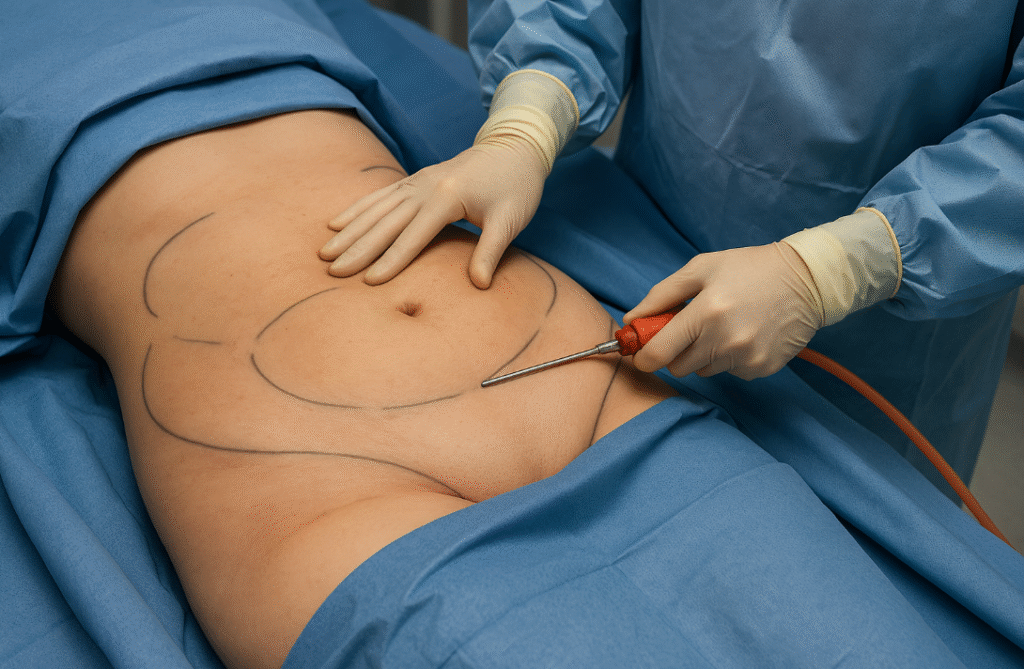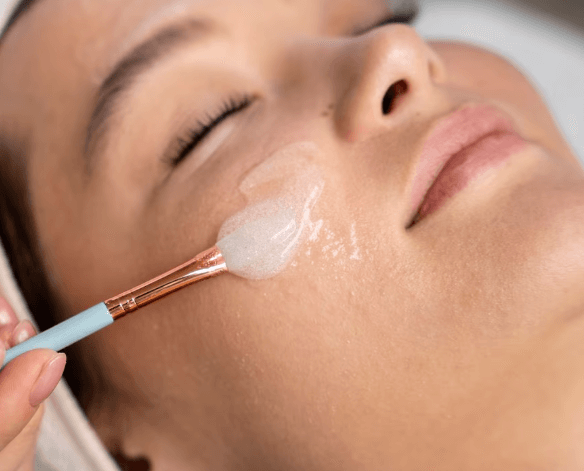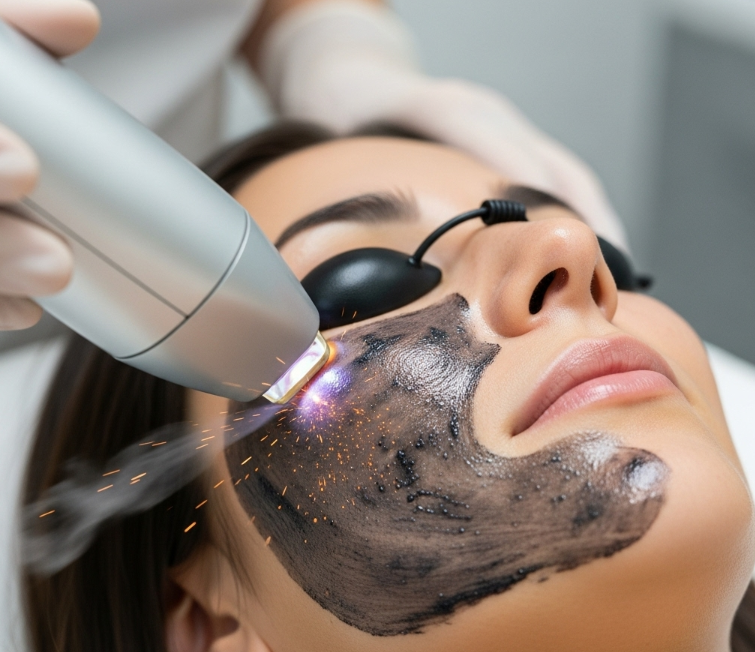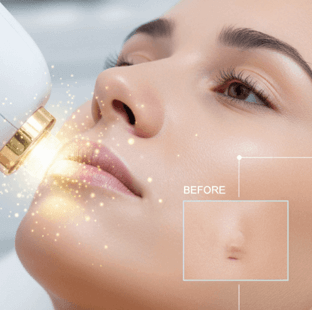Treatment Overview
Abdominal Liposuction in Korea is one of the most popular body contouring procedures for individuals who struggle with stubborn belly fat that does not respond to diet and exercise. The procedure targets localized fat deposits in the upper, lower, or full abdomen to create a slimmer, flatter, and more defined waistline.
Korean plastic surgeons are internationally recognized for their precision and artistry, using advanced liposuction techniques such as tumescent liposuction, ultrasound-assisted liposuction (UAL), laser-assisted liposuction (LAL), and power-assisted liposuction (PAL). These technologies allow safe fat removal, skin tightening, minimal scarring, and smoother results compared to traditional methods. Many clinics also offer 360° body contouring, combining abdominal liposuction with waist and flank sculpting for a complete transformation.
Purpose & Benefits
- Targeted Fat Reduction: Removes persistent abdominal fat resistant to exercise.
- Flatter, Slimmer Waistline: Refines the midsection for improved silhouette.
- Enhanced Body Proportion: Improves the ratio between upper and lower body.
- Minimally Invasive: Small hidden incisions leave little to no visible scarring.
- Skin Tightening Effect: Advanced energy-assisted liposuction stimulates collagen.
- Boosted Confidence: Provides long-term improvements in body image and self-esteem.
Ideal Candidates
- Individuals with localized abdominal fat, not overall obesity.
- Patients with good skin elasticity for optimal tightening after fat removal.
- Adults in good health without serious medical conditions.
- Non-smokers committed to maintaining results with a healthy lifestyle.
- Those seeking refined waistline contouring without undergoing tummy tuck surgery.
- Patients open to combining liposuction with fat transfer to other areas (e.g., breasts, buttocks).
Possible Risks & Complications
- Temporary swelling, bruising, or soreness in the abdominal area.
- Numbness or skin sensitivity changes (usually temporary).
- Fluid accumulation (seroma) requiring minor drainage.
- Contour irregularities or minor asymmetry.
- Loose skin if elasticity is poor (may require a tummy tuck).
- Rare risks include infection, blood clots, or delayed healing.
- Small scars at incision points (hidden in natural creases).
Surgical Techniques Used
- Tumescent Liposuction: Infuses fluid solution to minimize bleeding and ease fat removal.
- Ultrasound-Assisted Liposuction (UAL): Breaks down fat cells with ultrasound energy.
- Laser-Assisted Liposuction (LAL): Promotes fat breakdown and skin tightening.
- Power-Assisted Liposuction (PAL): Vibrating cannula for efficient, precise fat extraction.
- 360° Liposuction: Targets abdomen, waist, and flanks for a balanced contour.
- Fat Grafting Option: Extracted fat can be purified and transferred to enhance breasts, hips, or buttocks.
Recovery & Aftercare
- 1–2 weeks: Bruising, swelling, and tenderness are common.
- Compression garment worn for 4–6 weeks to reduce swelling and support skin retraction.
- 3–5 days: Return to light activity; walking encouraged for circulation.
- 4–6 weeks: Strenuous activity and heavy exercise can resume.
- Follow-up visits ensure smooth healing and proper contouring.
- Final results appear after 2–3 months when swelling subsides.
Results & Longevity
- Flatter, slimmer, and more toned abdominal profile.
- Improved waist-to-hip ratio and body balance.
- Permanent fat cell removal in treated areas.
- Long-lasting results when paired with healthy lifestyle habits.
- Enhanced fit of clothing and improved body confidence.
Treatment Process in Korea
1. Initial Consultation & Assessment
- Comprehensive evaluation of abdominal fat distribution, skin elasticity, and patient’s goals.
- Surgeons may use 3D body imaging to simulate results and discuss expectations.
- Planning whether liposuction will be localized (lower abdomen) or full 360° contouring (abdomen + flanks + waistline).
2. Surgical Planning & Preparation
- Marking of donor areas and incision points (typically hidden around the belly button or bikini line).
- Selection of anesthesia: local anesthesia with sedation for small procedures or general anesthesia for larger-volume liposuction.
- Pre-operative blood tests and medical clearance.
3. Surgery Day
- Small incisions are made in concealed areas.
- A tumescent solution is injected to numb tissues and minimize bleeding.
- Fat is removed using advanced techniques (UAL, LAL, PAL, or traditional suction).
- Surgeons sculpt the abdomen with attention to natural muscle lines for a toned look.
- If requested, purified fat may be transferred to breasts, hips, or buttocks.
4. Post-Operative Monitoring
- Compression garment applied immediately after surgery.
- Patient monitored for a few hours (or overnight stay for extensive procedures).
- Detailed instructions provided for wound care, diet, and activity.
5. Follow-Up & Refinement
- First follow-up usually within 3–5 days.
- Additional visits scheduled at 2 weeks, 1 month, and 3 months to monitor contouring.
- Secondary touch-up sessions may be offered if needed for symmetry.
Why Korea is a Top Destination
- Surgeons with global reputations in advanced liposuction and body sculpting.
- Clinics equipped with state-of-the-art liposuction technology.
- Artistic approach blending slimming with natural proportions.
- High safety standards with accredited facilities.
- Many clinics offer combined packages (liposuction + fat grafting + post-care).
- Affordable compared to Western countries, with equal or higher quality care.
Cost Range
The cost of Abdominal Liposuction in Korea depends on the technique, the amount of fat removed, surgeon’s expertise, and clinic facilities.
- Small Area (Lower Abdomen Only): USD $2,000 – $3,500
- Full Abdomen Liposuction: USD $3,500 – $6,000
- 360° Abdomen + Waist + Flanks: USD $4,500 – $7,500
- Mega Liposuction (Large-Volume Fat Removal): USD $6,000 – $8,500
- Premium Clinics with 3D Body Imaging, Ultrasound/ Laser Assistance & VIP Packages: USD $7,000 – $10,000
Additional Costs to Consider:
- Pre-surgery consultations and imaging tests: USD $100 – $300
- Compression garment: USD $50 – $150
- Post-surgery medications and aftercare kits: USD $100 – $200
- Optional fat transfer (breasts, hips, buttocks): USD $1,500 – $3,000
Popular Clinics
- Banobagi Plastic Surgery Clinic (Seoul): Renowned for body contouring and precision liposuction.
- ID Hospital (Seoul): Specializes in full-body 360° liposuction and fat transfer.
- JK Plastic Surgery Center (Seoul): JCI-accredited with international patient services.
- View Plastic Surgery Clinic (Seoul): Known for advanced Vaser and laser-assisted liposuction.
- JW Plastic Surgery (Seoul): Offers abdominal sculpting and combined fat grafting procedures.




